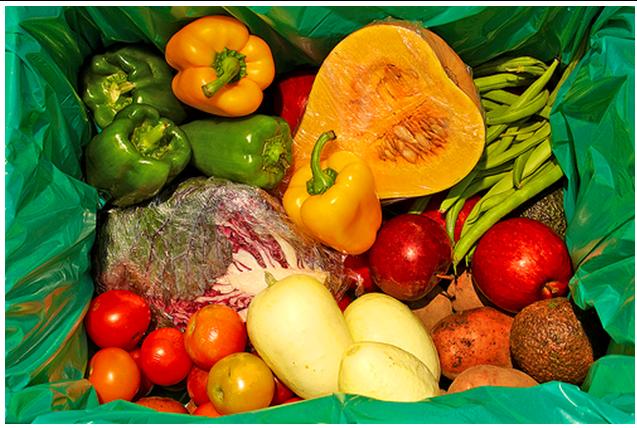The good food box grew out of a desire to create sustainable options to get fresh vegetables and fruits to people who live in poverty. It was first started by the Toronto Food Share.
History
The group saw that food banks were problematic in many ways: people were ashamed about taking charity, the food given was typically over processed and unhealthy and understood that food banks are not a sustainable response to hunger. Instead, Food Share started to explore alternative self-help models for community building and continuous growth, like community gardens and collective kitchens.
In 1994, they came up with the good food box, varying sizes of affordable local foods bought wholesale from farmers. Food share has gone from delivering 40 boxes when they first started to 4,000 in 2008. The good food box is offered in cities across Canada. Some options are strictly local or organic boxes, or sizes large enough to feed whole families fresh fruit and vegetables for $25 a month.
The program works with local farmers to purchase crops at wholesale prices so that they can be affordable to those in need. It benefits the consumers, and the local farmers selling the produce.
How to
This 110 page guide from the Toronto Food Share is chocked full of all the information organizers need to start their own good food box program. From the food sovereignty philosophy, to detailed work rhythms charts outlining roles in production and distribution, the manual makes it easy for activists and organizations to feed their communities.
The primer also includes practical tips for first time organizers, including how to contact local farmers, how to grow production and how to narrow in on a target demographic. It ends with sample newsletters, leaflets and other promotional materials.




